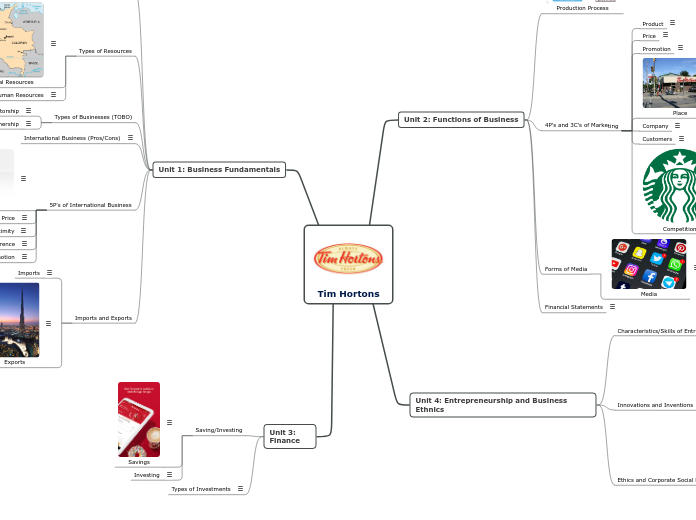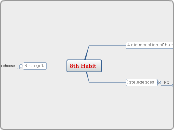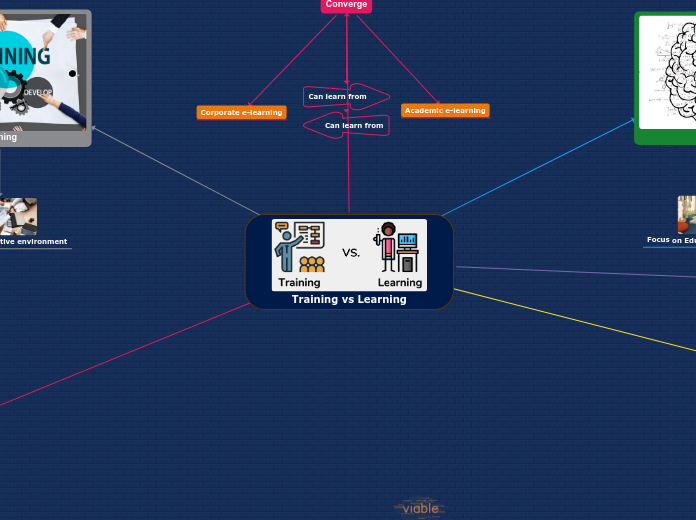CHAPTHER 5: CORE MUSCLES
5.4 ROLES OF MUSCULAR STRENGTH AND ENDURANCE
ROLES OF CARDIOVASCULAR ENDURANCE
Specific exercise can be done
Par Cours
Fartlek training
Interval Training
Continuous Training
Training effects on the cardiovascular system
Increased capillarization
Decrease recovery time
Unchanged cardiac output
Increased stroke volume
Decreased heart rate at specific workloads
Decrease in resting heart rate
CARDIOVASCULAR COMPONENTS
1.Heart
2.Blood Vessels
3.Blood
DEFINITION
Ability to perform whole-body activities for extended periods of time without
undue fatigue
TECHNIQUE OF RESISTANCE TRAINING
Plyometric Exercise
Isokinetic Exercise
Progressive Resistive Exercise
Isometric Exercise
PHYSIOLOGY OF STRENGTH DEVELOPMENT
Other physiological adaptation to resistance
exercise
Maximal oxygen uptake improved
Mineral content of bone increased
Tendon & ligament increased
Muscle Hyperthrophy
FACTORS THAT DETERMINE LEVELS OF MUSCULAR STRENGTH AND ENDURANCE
Fast twitch vs slow twitch fibers
Overtraining
Age
Biomechanical consideration
Number of muscle fiber
Size of the muscle
TYPES OF SKELETAL MUSCLE CONTRACTION
Eccentric
Concentric
Isometric
MUSCULAR STRENGTH VS MUSCULAR ENDURANCE
Endurance
Relatively lighter weights with a greater number of
repetitions.
Strength
Heavier weights with a lower number of repetitions
Muscular endurance
Ability to perform repetitive muscular contractions
against some resistance for an extended period of
time
Muscular strength
Ability of a muscle to generate force against some
resistance
PROPRIOCEPTION AND FLEXIBILITY
SPECIFIC EXERCISE
Type of exercise to increase flexibility
Active Exercise
Passive Exercise-
Static Stretching
Dynamic Stretching
Types of exercise enhance to enhance proprioception
Plyometric Movements And Drills
Strengthening Exercises
Exercises Whiles Closing The Eyes
Balancing Exercise
IMPORTANCE
Importance of Flexibility exercise
Helps to heal and prevent back pain
Improve performance in physical activities
Increase range of motion
Importance of Proprioception exercise
Maintains joint stability through the
feedback of position and movement
sense, and assists in coordination of
movement
Help in body balancing
Improve both movement of speed and
position
DEFINITION
WHAT IS FLEXIBILITY
Ability to move a joint or series of joint through a
full, non restricted, paint free range of motion
WHAT IS PROPRIOCEPTION
Proprioceptors are sensors
that provide information
about joint angle, muscle
length and muscle tension
The sense of knowing where your
body part is in space
5.1 FUNCTION OF CORE MUSCLE
GUIDELINE FOR CORE STABILIZATION
Core Stabilization Program
Level 3: POWER
Level 2: STRENGTH
Level 1: STABILIZATION
Exercise progression
1.Slow to fast
2.Simple to complex
3.Stable to unstable
4.Low force to high force
5.Eyes open to eyes closed
6.General to specific
7.Static to dynamic
Exercise selection
Activity specific
Proprioceptively rich program
Stress multiple planes
Challenging
Safe
Program variation
Duration and frequency
Feedback
Amount of control & speed
Body position
Load
Range of motion
Plane of motion
Goal of program
To develop optimal levels of
functional strength & stabilization
Emphasize muscle contraction spectrum
Isometric (dynamic stabilization)
Eccentric (force reduction)
Concentric (force production)
THE CORE
Postural Consinderation
Segmental deficit results in predictable dysfunction
Core functions to maintain postural alignment & dynamic postural
equilibrium
Core stabilization concepts
1.The body’s stabilization system should utilize the strength, power, neuromuscular control, and muscular endurance in the prime mover.
2.If the extremity are strong, the core are weak, there will be not enough force can be produce.
3.A weak core is fundamental of inefficient movement
(biomechanics) and lead to injury.
4.If neuromuscular efficiency is GOOD, it allows body to decelerate gravity, ground reaction forces, and momentum at the right joint, right plane and at the right time.
Neuromuscular efficiency
1. Ability of CNS to allow agonists, antagonists, synergists, stabilizers & neutralizers to work efficiently &
interdependently
2. Established by combination of postural alignment & stability strength
3. Optimizes body’s ability to generate & adapt to forces
4. Dynamic stabilization is critical for optimal neuromuscular
efficiency
FUNCTIONAL ANATOMY OF CORE MUSCLE
HIP MUSCLE
Hamstring
▪ Concentrically flex the knee,
extend the hip & rotate the
tibia
▪ Eccentrically decelerate
knee extension, hip flexion
& tibial rotation
▪ Work synergistically with
the ACL to stabilize tibial
translation
Gluteus Maximus
▪ Accelerate hip extension & external rotation
▪ Decelerate hip flexion & internal rotation
▪ Decelerates tibial internal rotation with Tensor Fascia
latae (TFL)
▪ Stabilizes sacroiliac (SI)joint
Gluteus Medius
▪Frontal plane stabilizer
▪Controls femoral
adduction & internal
rotation
Psoas
• Produces hip flexion,
external rotation, lumbar
extension, lateral flexion,
and rotation.
• Decelerates hip
extension, and internal
rotation
ABDOMINAL MUSCLE
Transverse abdominus
Ttabilization against rotations and
translational
Internal obliques
Ipsilateral rotation, lateral flexion,
decelerates extension, rotation, and lateral
flexion
External obliques
Contralateral rotation and ipsilateral lateral
flexion, decelerate trunk extension, and
lateral flexion
Rectus abdominus
Decelerates trunk flexion and lateral flexion
LUMBAR SPINE MUSCLES
Latissumus dorsi
to pull the arm towards the pelvis
Quadratus lumborum
Extends, stabilises, and laterally flexes the lumbar spine
Erector spinae
provide intersegmental stabilization
Transversospinalis
group
connect and stabilize vertebra
DEFINITION OF CORE MUSCLE
Efficient core allows for:
a) Maintenance of normal length-tension relationships
b) Maintenance of normal force couples
c) Maintenance of optimal arthro kinematics
d) d) Optimal efficiency in entire kinetic chain during movement
Location of center of gravity (CoG)
Lumbo-pelvic-hip complex









